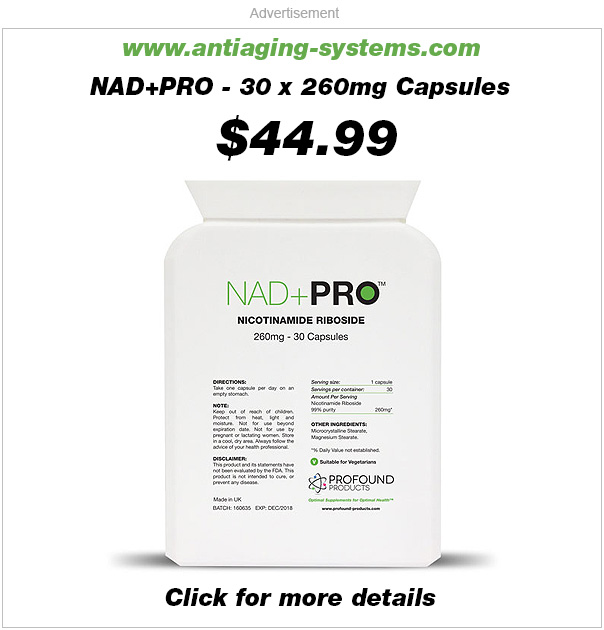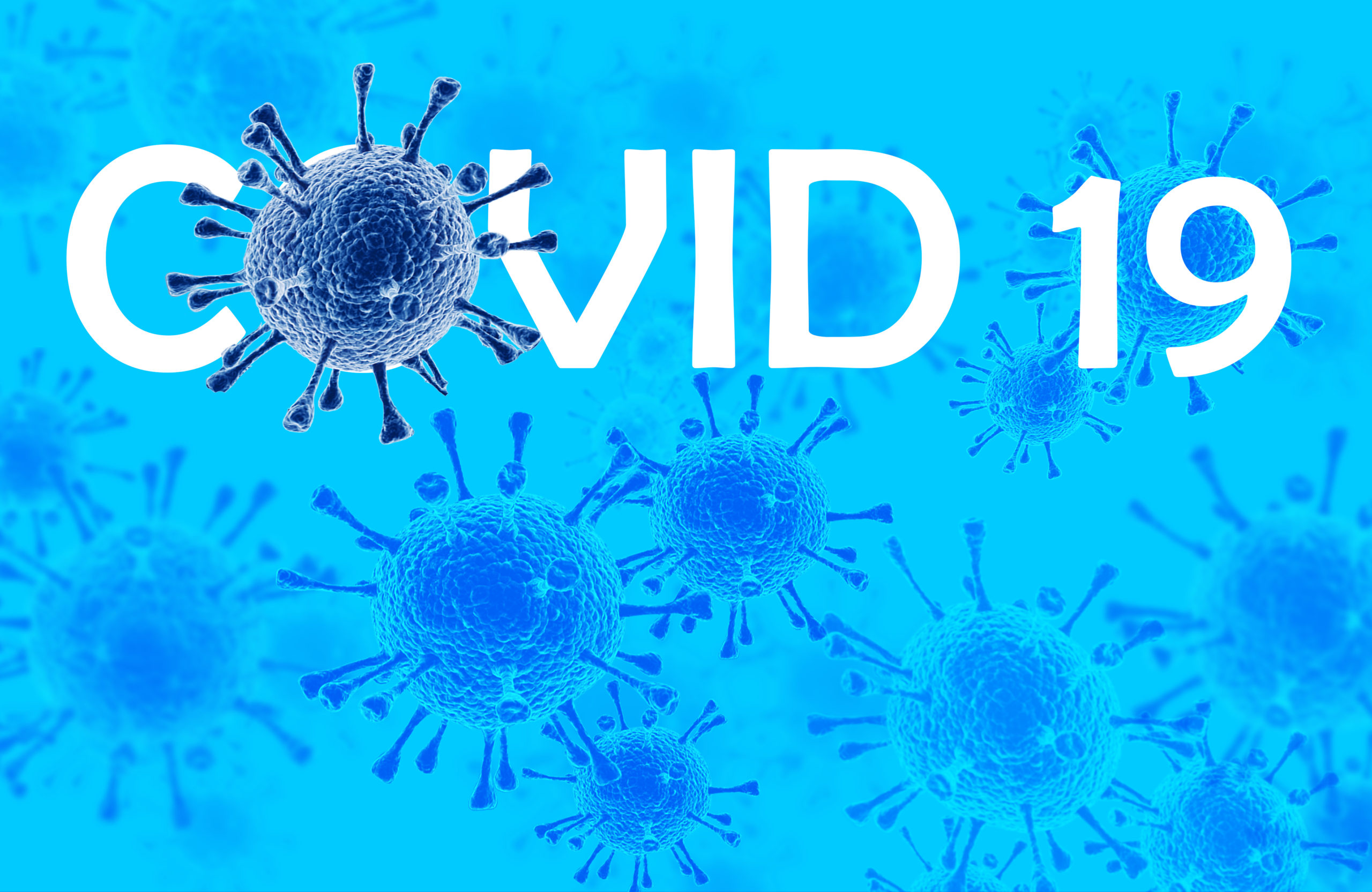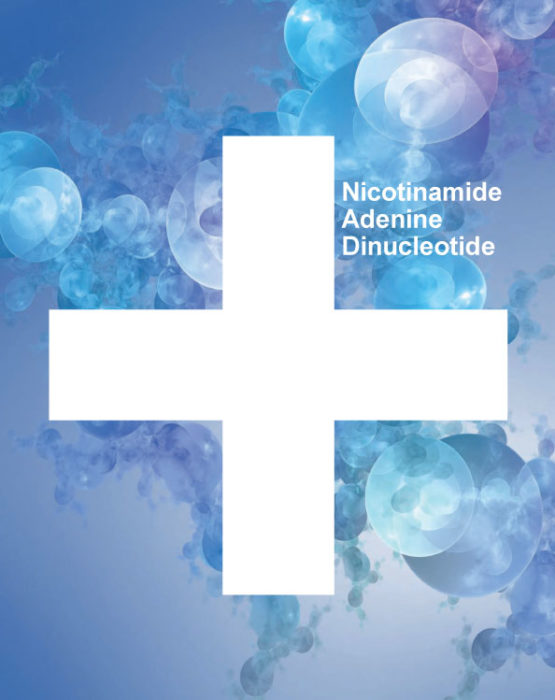
NAD+ (Nicotinamide Adenine Dinucleotide)
November 28th, 2016NAD+ (Nicotinamide Adenine Dinucleotide)
A versatile molecule
By Marios Kyriazis, M.D.
Reactive oxygen species (ROS) have been implicated in the pathogenesis of many age-related diseases such as diabetes, inflammation, neurodegeneration and cancer. If there is a way to control excessive production of ROS, then it is likely that the impact of such diseases will lessen.
One compound which may be relevant in this respect is NAD (Nicotinamide Adenine Dinucleotide). It has a key role in many signaling pathways in humans, and its homoeostasis is essential in preventing irreversible, age-related damage to our tissues (1).
NADH is a reduced form of NAD, and it is the ratio of these two (and the ratio of absolute and oxidized forms of NAD) that has clinical and biochemical relevance. A change in the regulation of the formation and degradation of NAD may underpin a defective ability to deal with ROS and thus contribute to several age-related degenerative conditions (2). This regulation of NAD metabolism, and also the regulation of NAD-replacement therapy used against aging, depends on the activity of several other enzymes, such as one called CD38.
This is mentioned here to highlight the complexity of using a certain oral supplement, the function of which may depend on ratios, other enzymes and distant, seemingly unrelated biochemical events (3). Nevertheless, the use of NAD as a supplement is becoming very popular and there are studies which support its clinical use.
There is a need for a continual supply of NAD. Its synthesis is based on the supply of precursors such as nicotinamide, nicotinic acid and nicotinamide riboside (NR) (see figure 1). We now know that replacement of the oxidized form of NAD through the precursor NR improves mitochondrial function, supports stem-cell production, and enhances lifespan in mice (4).
It is also important to highlight that different cell types may be able to supply different precursors and mutually facilitate each other’s supply of NAD. This is a process called ‘degeneration’ which aims to provide an efficient end-function based on different biochemical starting points (5).
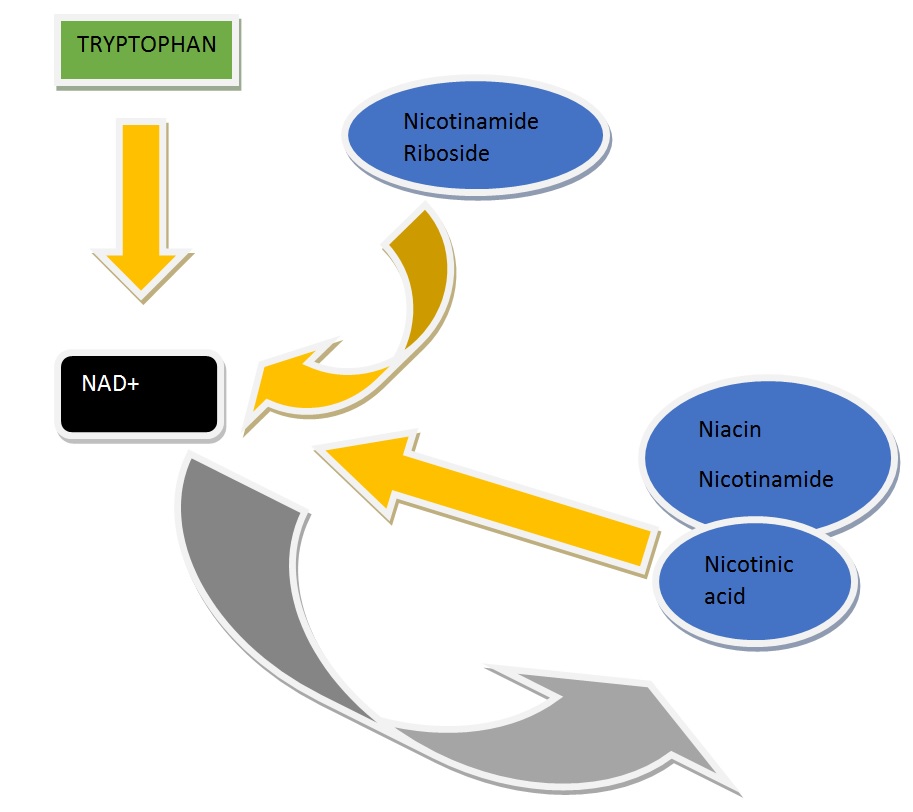
Figure 1: The diagram shows the different steps in the metabolism and recycling of NAD+
It is worth dwelling for a while on the function of Nicotinamide Riboside (NR). Nicotinamide Riboside is crucial in the metabolism of NAD and it mediates, or causes many of the benefits attributed to NAD itself.
NR is a metabolic regulator, a form of vitamin B3 found in milk and beer. Through its anti-inflammatory effect, it can regulate glucose control, insulin and adiponectin (a compound that regulates glucose and lipid function, and thus weight control), repair the cells in the liver of diabetic or obese individuals, reduces inflammatory markers such as TNFa (tumor necrosis factor) and Interleukins (6). Therefore, the function of NR with regards to weight loss and lipid regulation is becoming increasingly recognized.
For instance, research shows that NR supplements in laboratory animals activate SIRT1 and SIRT3 genes and improve protection against oxidation originating from a high fat diet (7). Therefore, based on the SIRT1 activation action, both NR and NAD can be considered as a calorie restriction mimetic (8), i.e. an agent that has similar biological benefits as calorie restriction itself. The researchers concluded:
“Consequently, our results indicate that the natural vitamin Nicotinamide Riboside could be used as a nutritional supplement to ameliorate metabolic and age-related disorders characterized by defective mitochondrial function”.
NR has been beneficially used in animal models of type-II diabetes and neuropathy (9). Pre-diabetic and diabetic mice treated with NR showed an improved glucose tolerance, and a reduced rate of weight gain. These animals also experienced protection from diabetic neuropathy and exhibited improved liver health.
The authors said: “The data justify testing of Nicotinamide Riboside in human models of obesity, Type 2 Diabetes and associated neuropathies”.
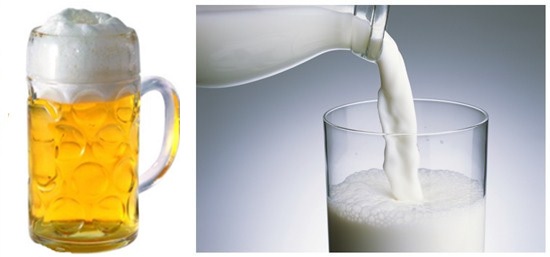
Nicotinamide Riboside (NR) is found naturally in beer and milk.
Alterations in the levels of NAD (and in certain other molecules such as acetyl-CoA), may also result in abnormal histone acetylation patterns, which means that the control of gene expression becomes defective. It is not just the immediate effect of NAD on oxidation that is relevant. It is clear that there are other effects which involve epigenetic regulation and gene expression (10), which add to the overall benefit of the NAD molecule.
For example, we know that NAD and its associated metabolites play a vital role in maintaining the genome. Abnormal, fast-proliferating cells such as cancer cells need NAD for their function, so there are several metabolic pathways that regulate any excessive demands for NAD. Although the details of this are complicated, there is a lot of research aiming to clarify the different steps involved. The research is concentrating mainly on sirtuins and other protectors of genomic stability such as PARP (poly-ADP-ribose polymerase).
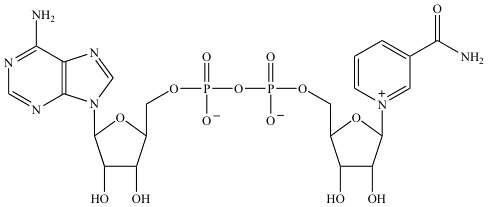
Figure 2: The chemical structure of NAD+
The most common chronic liver disease in Western countries is non-alcoholic fatty liver disease (NAFLD), related both to obesity and in aging processes. Research with human fatty liver cells and mice models, shows that NAFLD is associated with low levels of NAD. Supplementation with either nicotinamide riboside (the precursor of NAD mentioned above) or NAD itself can prevent the disease and reverse any damage (11, 12). This shows the overall benefit of both NR and NAD in improving oxidation damage.
NAD metabolism is also relevant in kidney disease. Research in mice with damaged kidneys shows that NAD improves lipid metabolism and overall function through a complicated biochemical pathway. It can, for example, enhance breakdown of fatty cells by increasing production of certain stress resistance factors such as PGC1α (13).
Finally, some comments about the safety of the treatment. Nicotinamide Riboside was shown not to cause any toxicity of the liver, kidneys, ovaries and testes in mice tested with a dose of 300mg/kg/day (14). This is equivalent to around 2 grams of Nicotinamide Riboside a day for an average human. Considering that available forms of NR are 260 mg a day, this shows that there is a good safety profile.
Conclusion
There has been a lot of media hype about the benefits of NAD, with stories suggesting that it will ‘reverse aging’, or presenting it as the ‘elixir of youth’. In this article I presented a short overview of some of its effects, as found in published research and highlighted a general aspect of its benefits (namely, the regulation of oxidation).
It is obvious that NAD and its related compounds will not ‘reverse aging’ in the clinical, everyday sense. It is not the pill of immortality. However, used in association with other appropriate strategies, it can prove beneficial in lowering the risk of some age-related degenerative conditions.
Some people believe that because NAD has been effective at prolonging the lifespan of mice and worms in the laboratory, it may also prolong human lifespan. Although this has yet to be proven, it is not only the prolongation of life we are aiming for. Our immediate goal is to diminish the impact of degeneration, and it seems that NAD is a promising compound in this respect.
References
- Magni G, et al. Enzymology of mammalian NAD metabolism in health and disease. Front Biosci. 2008 May 1;13:6135-54
- Schultz MB, Sinclair DA. Why NAD(+) Declines during Aging: It’s Destroyed. Cell Metab. 2016 Jun 14;23(6):965-6
- Camacho-Pereira J, et al. CD38 Dictates Age-Related NAD Decline and Mitochondrial Dysfunction through an SIRT3-Dependent Mechanism. Cell Metab. 2016 Jun 14;23(6):1127-39
- Zhang H et al. NAD+ repletion improves mitochondrial and neural stem cell function and enhances life span in mice. Science. 2016 Apr 28. pii: aaf2693. [Epub ahead of print]
- Kyriazis M. Degeneracy. https://scienceblog.com/77250/we-are-all-degenerates-and-it-is-good/
- Lee HJ, et al. Nicotinamide Riboside Ameliorates Hepatic Metaflammation by Modulating NLRP3 Inflammasome in a Rodent Model of Type 2 Diabetes. J Med Food. 2015 Nov;18(11):1207-13
- Cantó C, et al. The NAD(+) precursor nicotinamide riboside enhances oxidative metabolism and protects against high-fat diet-induced obesity. Cell Metab. 2012 Jun 6;15(6):838-47
- Handschin C. Caloric restriction and exercise “mimetics”: Ready for prime time? Pharmacol Res. 2016 Jan;103:158-66. doi: 10.1016/j.phrs.2015.11.009
- Trammell SA, et al. Nicotinamide Riboside Opposes Type 2 Diabetes and Neuropathy in Mice. Sci Rep. 2016 May 27;6:26933
- Peleg S, Feller C, Ladurner AG, Imhof A. The Metabolic Impact on Histone Acetylation and Transcription in Ageing. Trends Biochem Sci. 2016 Jun 6. pii: S0968-0004(16)30040-8
- Gariani K, et al. Eliciting the mitochondrial unfolded protein response by nicotinamide adenine dinucleotide repletion reverses fatty liver disease in mice. Hepatology. 2016 Apr;63(4):1190-204
- Zhou CC, et al. Hepatic NAD+ deficiency as a therapeutic target for NAFLD in aging. Br J Pharmacol. 2016 May 12. doi: 10.1111/bph.13513. [Epub ahead of print]
- Tran MT, et al. PGC1α drives NAD biosynthesis linking oxidative metabolism to renal protection. Nature. 2016 Mar 24;531(7595):528-32. doi: 10.1038/nature17184
- Conze DB, Crespo-Barreto J, Kruger CL. Safety assessment of nicotinamide riboside, a form of vitamin B3. Hum Exp Toxicol. 2016 Jan 20. pii: 0960327115626254. [Epub ahead of print]).
